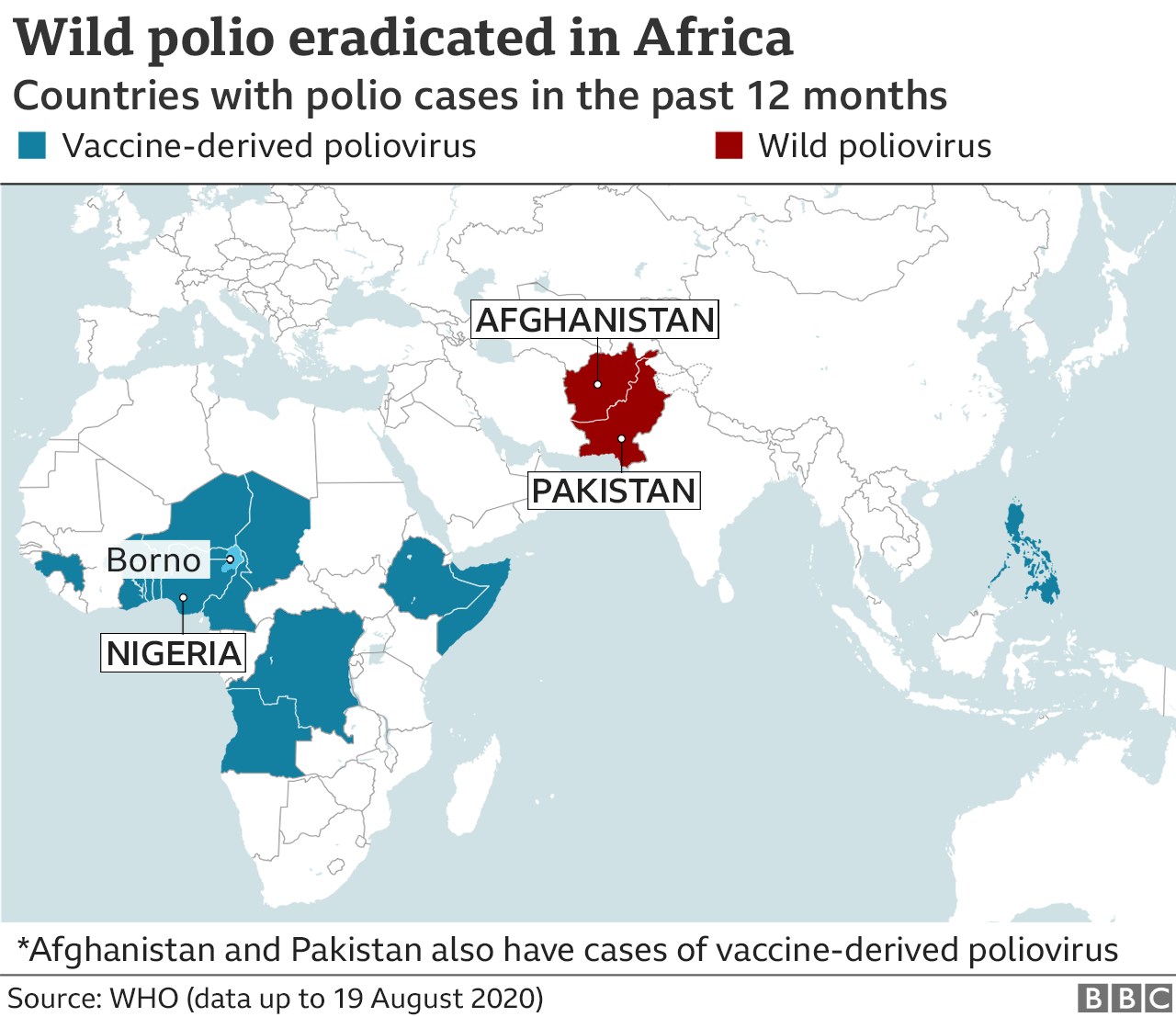The world has made significant progress in the fight against polio, with the number of wild poliovirus cases decreasing by over 99% since the launch of global eradication efforts in 1988. However, as of 2025, wild poliovirus transmission continues to pose a threat to global health, with ongoing outbreaks and persistent transmission in certain regions. In this article, we will examine the current state of wild poliovirus transmission, the challenges facing eradication efforts, and the strategies being implemented to achieve a polio-free world.

Current State of Wild Poliovirus Transmission
According to the World Health Organization (WHO), there were only 29 reported cases of wild poliovirus in 2022, down from 33 cases in 2021. While this represents a significant decline in the number of cases, the virus remains endemic in two countries: Afghanistan and Pakistan. In addition, there have been outbreaks of wild poliovirus in other countries, including the Democratic Republic of Congo, Nigeria, and Somalia.
The majority of wild poliovirus cases in 2022 were reported in Afghanistan, where 24 cases were confirmed. In Pakistan, five cases were reported, all of which were located in the southern province of Sindh. The WHO has warned that the ongoing conflict in Afghanistan and the challenging security situation in Pakistan are major obstacles to polio eradication efforts in these countries.
Challenges Facing Eradication Efforts
Several challenges are hindering efforts to eradicate wild poliovirus transmission, including:
- Conflict and Instability: The ongoing conflict in Afghanistan and the challenging security situation in Pakistan are major obstacles to polio eradication efforts. Insecurity and violence can disrupt vaccination campaigns and make it difficult for health workers to access areas where the virus is circulating.
- Vaccine Refusal: In some areas, there is resistance to vaccination due to misinformation, mistrust of health authorities, or cultural and religious beliefs. This can lead to low vaccination rates, creating an environment where the virus can spread.
- Inadequate Health Infrastructure: In some countries, the health infrastructure is inadequate, making it difficult to support effective vaccination campaigns and disease surveillance.
- Funding Shortages: Eradication efforts require significant funding, which can be challenging to secure, particularly in countries with other pressing health priorities.
Strategies for Achieving a Polio-Free World
Despite the challenges, the global community remains committed to achieving a polio-free world. The following strategies are being implemented to support eradication efforts:
- Vaccination Campaigns: Mass vaccination campaigns are being conducted in countries where the virus is circulating, with a focus on reaching children under the age of five, who are most vulnerable to the disease.
- Disease Surveillance: Enhanced disease surveillance is being implemented to detect and respond to polio cases quickly, reducing the risk of transmission.
- Community Engagement: Community-based initiatives are being implemented to build trust and promote vaccination, addressing concerns and misinformation about the vaccine.
- Innovative Technologies: New technologies, such as satellite imaging and mobile phone apps, are being used to support vaccination campaigns and disease surveillance.
- Global Coordination: The WHO, UNICEF, and other global health organizations are working together to coordinate eradication efforts, share best practices, and mobilize resources.
FAQs
Q: What is wild poliovirus?
A: Wild poliovirus is a highly infectious disease that is spread through the fecal-oral route, typically through contaminated food or water. It can cause paralysis, deformity, and death.
Q: How is wild poliovirus different from vaccine-derived poliovirus?
A: Wild poliovirus is the naturally occurring form of the virus, whereas vaccine-derived poliovirus is a rare mutation of the virus that can occur when the oral poliovirus vaccine (OPV) is used.
Q: Is polio still a significant threat to global health?
A: Yes, while significant progress has been made in reducing the number of polio cases, the ongoing transmission of wild poliovirus in certain regions and the risk of outbreaks in other countries means that polio remains a significant threat to global health.
Q: How can I help support polio eradication efforts?
A: You can support polio eradication efforts by donating to reputable organizations, such as the WHO or UNICEF, and by raising awareness about the importance of polio vaccination and disease surveillance.
Conclusion
Wild poliovirus transmission remains a significant threat to global health, with ongoing outbreaks and persistent transmission in certain regions. While significant progress has been made in reducing the number of polio cases, the challenges facing eradication efforts, including conflict, vaccine refusal, inadequate health infrastructure, and funding shortages, must be addressed. The global community must remain committed to achieving a polio-free world, using innovative strategies and technologies to support vaccination campaigns, disease surveillance, and community engagement. Together, we can create a world where no child has to suffer from the devastating effects of polio.
The year 2025 is a critical moment in the fight against polio. With renewed commitment and effort, we can overcome the remaining challenges and achieve a polio-free world. The consequences of failure are too great to contemplate, and the benefits of success are too significant to ignore. Let us work together to create a world where every child can grow up free from the threat of polio.
Closure
Thus, we hope this article has provided valuable insights into Wild Poliovirus Transmission in 2025: An Ongoing Threat to Global Health. We thank you for taking the time to read this article. See you in our next article!